Welcome to the ultimate guide for finding the best laptop for investment banking. As someone who has spent countless hours researching the ideal laptop configurations for various activities, I understand the unique requirements that investment banking professionals and aspiring bankers have when selecting the perfect device for their day-to-day tasks. By analyzing an extensive spreadsheet of recent laptop releases, comparing specifications and reviews (both professional and user-generated), I've narrowed down the top laptops that cater to the specific needs of the investment banking community, while keeping price ranges in mind.
Investment banking is a demanding field that requires its practitioners to be able to perform complex financial analyses, work with large datasets, and create compelling presentations. Therefore, it's crucial to select a laptop that can handle the processing power needed for tasks such as running Monte Carlo simulations, navigating through intricate Excel models, and smoothly operating financial software like Bloomberg Terminal or FactSet. Additionally, investment bankers often work long hours and need a laptop that is not only powerful but also lightweight and portable to allow for easy transport between meetings, presentations, and late-night work sessions.
Having engaged with investment banking professionals and frequented online forums, such as Wall Street Oasis and Mergers & Inquisitions, I'm well-versed in the unique preferences and expectations of this community. In this guide, I'll be focusing on the best laptops that meet or exceed the industry standards for performance, portability, and build quality. Rest assured that the laptops featured in this guide have been carefully selected to provide the optimal balance of power and convenience, ensuring that you're well-equipped to tackle the demanding world of investment banking.
Speed Up Your Game: Best Processors for Investment Banking Laptops
When it comes to investment banking laptops, having a fast CPU with multiple cores is crucial for running trading applications and handling large datasets. Here's what you need to know when deciding on the right laptop processor:
The Current Laptop CPU Market
The laptop CPU market is currently dominated by three main players: Intel, AMD, and Apple. Apple's latest M1, M2, M2 Pro, and M2 Max processors are based on ARM architecture and offer excellent single-core performance and battery life. AMD has captured 20% of the laptop CPU market with its latest 7th-generation Ryzen processors, which are ideal if you need a good battery life in a PC laptop. On the other hand, Intel's latest 13th-generation Core processors have already been released, but the 12th-generation Core CPUs can provide a lot of value, especially if you don't need cutting-edge performance.
Why a Fast CPU is Crucial for Investment Banks and Trading Desks
Investment banks and trading desks require fast CPUs with multiple cores for running trading applications and handling large datasets. While single-core performance is still important for some applications, it's no longer the main bottleneck in trading applications. Instead, we see more multi-core usage patterns, especially when using async APIs.
How to Choose a Processor Based on Benchmarks
To compare different processors, I use Cinebench R23 since it's a popular benchmark that's easy to find and is not too demanding on battery life. Other popular benchmarks include CPUmark and Geekbench.
List of Recommended Processors and Their Expected Prices
| Processor | Cores/Threads | Base Clock (GHz) | Boost Clock (GHz) | Price (USD) |
|---|---|---|---|---|
| Intel i3-1115G4 | 2/4 | 3.0 | 4.1 | $200 |
| Intel i5-1135G7 | 4/8 | 2.4 | 4.2 | $400 |
| Intel i7-11370H | 4/8 | 3.3 | 4.8 | $800 |
The i3-1115G4 is the minimum processor I'd recommend for investment banking laptops, while the i5-1135G7 is the recommended processor for most users. If you're looking for a top-tier processor, expect to pay upwards of $2K for an Intel Core i9 or AMD Ryzen 9 processor. Intel H-series and AMD X-series processors are even more expensive, with prices going up to $3K or more.
In conclusion, when choosing a processor for an investment banking laptop, look for one that has a high core count, fast clock speeds, and is optimized for multi-core usage patterns. Keep in mind your budget, and consider the recommended processors above to make an informed decision.
Graphics card: The backbone of an investment banking laptop
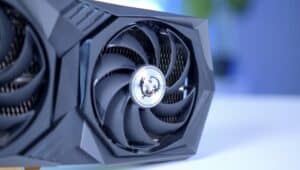
As an investment banking professional, a dedicated graphics card is not a necessity. However, having one can speed up some tasks such as machine learning or deep learning. Nvidia continues to dominate the laptop GPU market, and their latest RTX series cards are powerful and should be sufficient for most tasks.
When it comes to choosing a GPU, the benchmarking tool I use is 3DMark as it provides a comprehensive benchmark that includes various tests. However, if you want to narrow down your options based on price/performance ratio, Fire Strike or Time Spy benchmarks will give you a better idea of how well the graphics card performs.
If you're considering a gaming laptop with a high-end GPU, keep in mind that size, weight, battery life, and price will inevitably limit your options. Additionally, the gap between power-limited notebook graphics and desktop graphics cards has widened in recent years.
Nvidia has discontinued the Max-Q label for its RTX graphics cards, and now the exact GPU wattage is determined by a laptop manufacturer. Unfortunately, this results in a wide variance in graphics performance even in laptops with the same GPU chipset.
Below are some recommended GPUs and their expected prices based on laptop price benchmarks:
| GPU | Minimum Price | Recommended Price | High-End Price |
|---|---|---|---|
| GeForce GTX 1650 | $700 | $1,200 | $1,800 |
| GeForce RTX 3050 | $1,000 | $1,800 | $2,500 |
| GeForce RTX 2060 | $1,500 | $2,500 | $3,500 |
In conclusion, a dedicated GPU is not necessary for investment banking, but it can speed up some tasks. If you're considering a gaming laptop with a high-end GPU, keep in mind the trade-offs between size, weight, battery life, and price. Finally, when choosing a GPU, consider using benchmarks such as 3DMark or Fire Strike/Time Spy to evaluate performance and price/performance ratio.
Clearing the air: Top FAQ on Investment Banking Laptops
Q: What laptop specs do I need for investment banking?
For investment banking, you would need a laptop with a powerful processor, enough RAM, and a dedicated graphics card. At a minimum, your laptop should have an i3-1115G4 processor, 8 GB of RAM, and a GeForce GTX 1650 graphics card.
Which laptop is best for investment banking?
The Lenovo Legion 5 Pro is currently one of the best laptops for investment banking. It comes with a powerful i7-11370H processor, 32 GB of RAM, and a GeForce RTX 2060 graphics card. It is also reasonably priced compared to other high-end laptops, making it an excellent choice for investment bankers.
Do I need a high-end laptop for investment banking?
While a high-end laptop is not strictly necessary for investment banking, it can significantly improve your work efficiency. A high-end laptop with a powerful processor, enough RAM, and a dedicated graphics card will allow you to run demanding programs smoothly and quickly, which is essential in investment banking.
Can you do investment banking on a MacBook?
Yes, you can do investment banking on a MacBook. However, you would need to make sure that the MacBook meets the minimum requirements for investment banking. The latest MacBook Pro models come with powerful processors and dedicated graphics cards, making them suitable for investment banking.
Is 16 GB RAM enough for investment banking?
While 16 GB of RAM is enough for most investment banking tasks, having 32 GB of RAM or more can significantly improve your work efficiency. With more RAM, your laptop can handle multiple applications and large datasets with ease, making your work smoother and quicker.
Do I need a dedicated graphics card for investment banking?
A dedicated graphics card is not strictly necessary for investment banking. However, having a dedicated graphics card can significantly improve your work efficiency if you need to run demanding programs or work with large datasets.
What is the minimum requirement for investment banking laptops?
The minimum requirements for investment banking laptops are an i3-1115G4 processor, 8 GB of RAM, and a GeForce GTX 1650 graphics card. However, for optimal performance, we recommend getting a laptop with higher specs.
Are gaming laptops good for investment banking?
Yes, gaming laptops can be good for investment banking, especially if they come with a powerful processor, enough RAM, and a dedicated graphics card. However, gaming laptops are generally heavier and less portable than regular laptops, so keep that in mind when choosing a laptop for investment banking.
Is i5 processor enough for investment banking?
An i5 processor can be enough for most investment banking tasks, but for optimal performance, we recommend getting a laptop with an i7 or higher processor. The Lenovo Legion 5 Pro, for example, comes with an i7-11370H processor, which is one of the best processors for investment banking.
How much storage do I need for investment banking work?
The amount of storage you need for investment banking work depends on your specific needs. If you work with large datasets, you may need more storage than someone who primarily uses cloud-based tools. We recommend getting a laptop with at least 512 GB of storage, but if you need more, you can always get an external hard drive.
Go big or go home: The RAM game
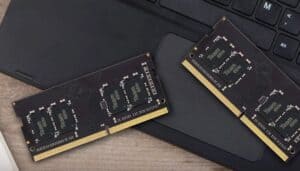
When it comes to building a laptop for investment banking, RAM is one of the most important components for a trading workstation. Most mid-range laptops come with 16 GB of RAM, while high-end laptops come with 32 GB or more.
The amount of memory you need depends on your daily tasks and how many applications you're running at once. If you're a trader, you'll likely need 32 GB or more, but even then, 16 GB would be enough if you're not using many applications at once.
While DDR5 is available, it's still quite expensive and needs time to mature as a technology. Latest-gen Intel and AMD CPUs support DDR4 and DDR5, but DDR4 is still the standard in laptops. DDR5 may be faster in theory, but it's not noticeable in real-world use cases.
If you're looking for a long-term investment that will last for years to come, consider getting a laptop with upgradable RAM (not soldered). That way, if your requirements change down the line, you won't have to buy a whole new laptop – just upgrade the RAM yourself.
For investment banking, ECC memory doesn't make sense as it's designed for servers and workstations that need maximum reliability and error correction. For most users, it's not worth the extra cost.
Here's a table of what to expect at different price points:
| Price Range | RAM |
|---|---|
| Under $500 | 4-8 GB |
| $500-$1000 | 8-16 GB |
| $1000-$2000 | 16-32 GB |
| Over $2000 | 32 GB or more |
In summary, for investment banking laptops, we recommend a minimum of 8 GB of RAM, with 16 GB being the sweet spot for most users. High-end traders and power users may want to consider 32 GB or more. DDR4 is still the standard in laptops, and ECC memory isn't necessary for most users. If you're looking for a long-term investment, consider getting a laptop with upgradable RAM.
4 Best Laptops for investment banking
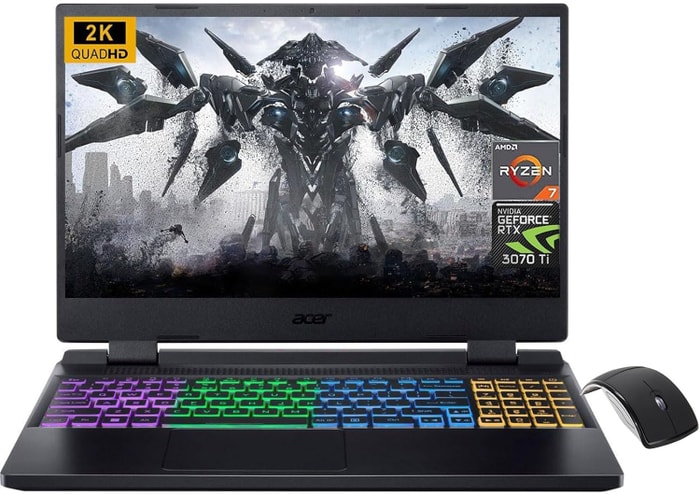 $680
$6801.acer Nitro 5
investment banking laptop- Solid processor (Ryzen 7 6800H)
- Very good graphics card (RTX 3070 Ti)
- Exceptional display (15.6)
- Awesome memory amount (32GB)
- No IPS Panel (worse viewing angles)
Alternatives
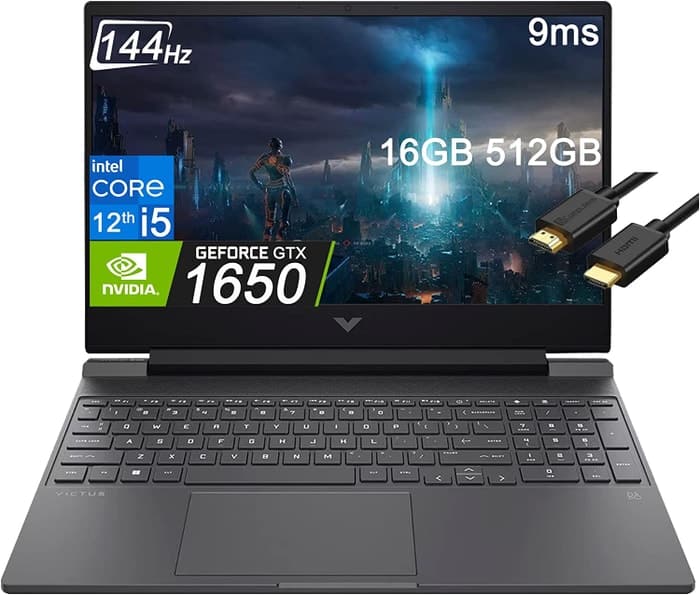
HP Victus 15t
- Low price
- Strong entry-level gaming performance
- Weak GPU yields unsatisfactory frame rates
- Display and webcam could be better

2.ASUS TUF Dash F15
Affordable and powerful, the ASUS TUF Dash F15 is a solid option for investment bankers on a budget.- Lightweight and well-built
- Good inputs and IO
- FHD 300Hz and QHD screen options
- More powerful than previous generation
- Quirks affecting everyday ergonomics
- Ports squeezed together on the left edge
- Be cautious of the FHD 144Hz panel option
Summary
The ASUS TUF Dash F15 is a more affordable and powerful option in Asus's laptop lineup. With its lightweight design, good inputs, and competitive pricing, it offers a balanced performance for investment banking needs. Just be cautious of the FHD 144Hz screen option and opt for the FHD 300Hz display if available.
Reviews
Alternatives
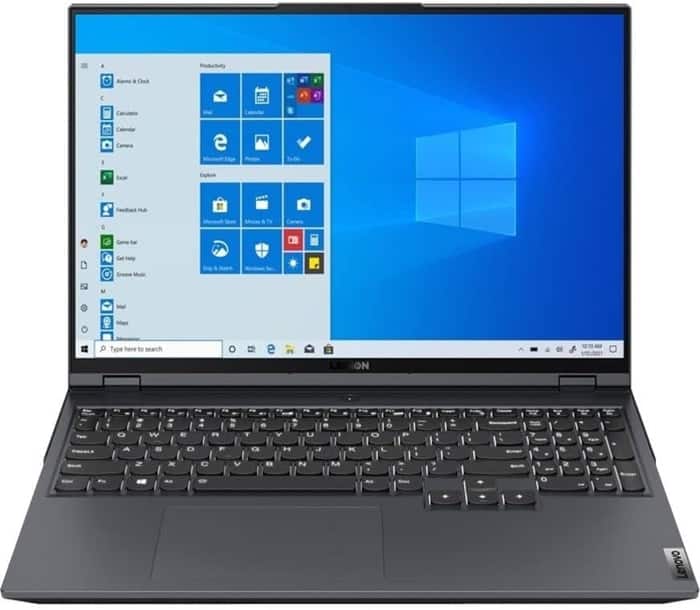
Lenovo Legion 5i Pro 16
- Stylish, sleek form factor
- Gorgeous display
- Webcam quality is poor
- No biometrics
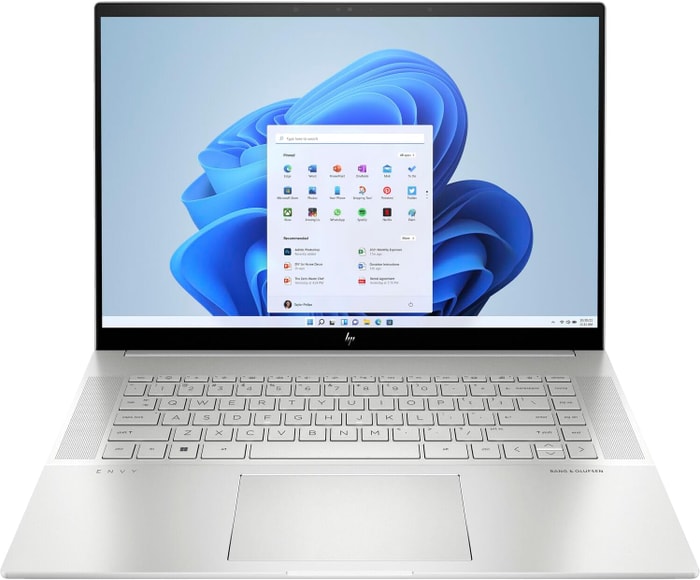 $1,800
$1,8003.HP Envy 16
HP Envy 16: A powerful desktop replacement for creative apps and light gaming, but bulky and heavy.- Plenty of CPU and GPU power
- New 120Hz screen refresh rate
- High-res webcam
- Sleek design
- Merely adequate base screen
- Optional OLED has fewer pixels than before
- Bulky and heavy
Summary
The HP Envy 16 offers high-end features like a world-class webcam and a 120Hz refresh display, making it a tempting choice for creative apps and light gaming. However, it is bulky and heavy, and the base screen is merely adequate.
Reviews
Alternatives

ASUS ROG Strix G15
- High performance CPU and GPU
- Good workmanship and design
- Limited connectivity options
- Coil whine in certain situations

4.Lenovo Legion Pro 7i 16
The Lenovo Legion Pro 7i 16 offers impressive performance and value in the gaming laptop market, making it an enticing choice for investment banking professionals.- Strong overall performance
- Big, bright, and fast display
- Per-key RGB lighting
- Some flex to keyboard deck
- Poor battery life
Summary
With its powerful processor and graphics card, sleek design, and fair price point, the Lenovo Legion Pro 7i 16 is a standout option for investment banking professionals looking for a high-performance laptop. While it may have some minor drawbacks like keyboard flex and poor battery life, its overall performance and value make it a compelling choice.
Alternatives

HP Omen 17
- QHD display with 165 Hz
- Expandable working memory
- Slightly below-average performance for a RTX 4080
- High noise level
Table of the Best Laptops for investment banking
| Laptop | Price (approx) |
| acer Nitro 5 | $680 |
| ASUS TUF Dash F15 | $1,160 |
| HP Envy 16 | $1,800 |
| Lenovo Legion Pro 7i 16 | $3,390 |





